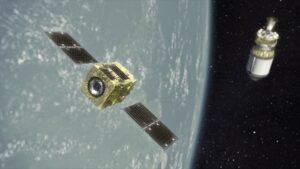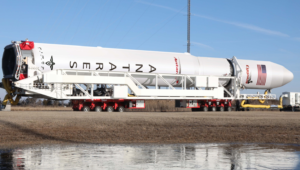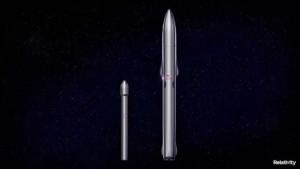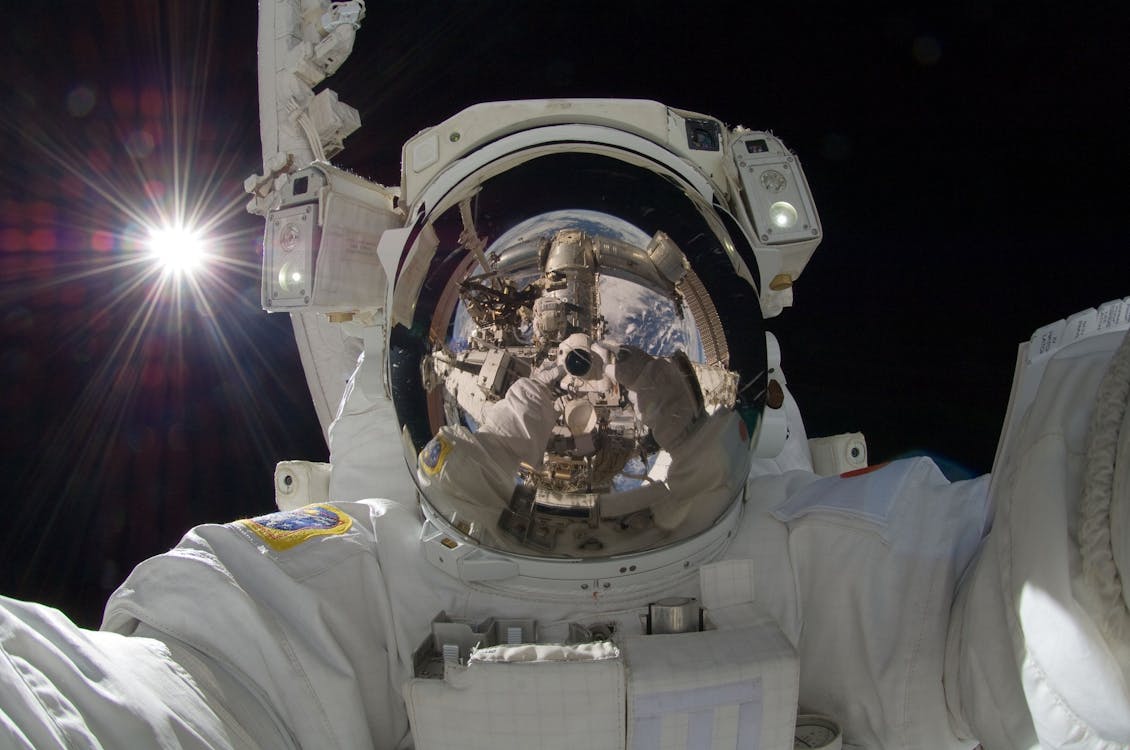
Why NASA Keeps Giving Money To Private Space Companies
Throughout the last few years, NASA has awarded many private companies billions of dollars in total. Whether it be for a lunar lander mission, or for putting NASA’s astronauts on the International Space Station, the agency has awarded a lot of money.
The reason NASA has awarded so much money to private companies is to help drive innovation, reduce risks, and improve the future of spaceflight and exploration. The money helps fund companies which in return creates competition and unique solutions to different problems.
Awarding money to private companies has and will continue to have a very positive effect on the space industry. Not only will the private companies benefit but NASA will as well. While NASA has not always been know for being good with money, the investment in different companies will create a big boom in the space industry.
How Much Money Has NASA Awarded Recently?
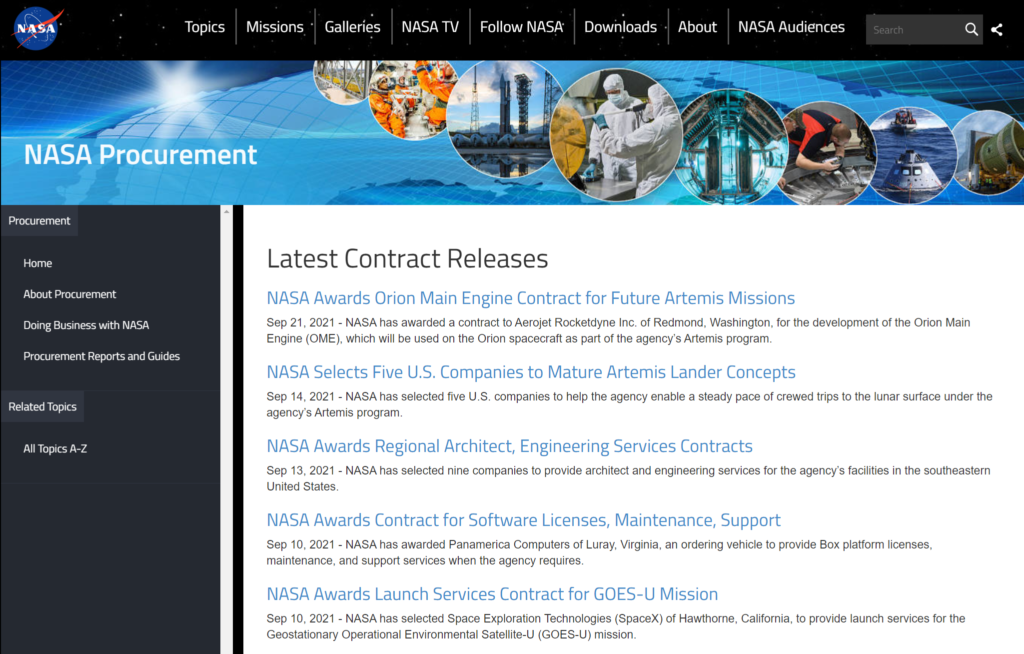
In the past year alone NASA has awarded billions to a variety of different private space companies. Practically every week they are creating new contracts. The money given in these contracts varies quite a lot. Some companies receive a few million while others such as the recent lunar lander contract provided $2.9 billion alone. Each contract helps provide more funds and in return allows different companies and people to innovate. When NASA chooses a company the money is given for a specific reason. The private company then uses that money to work on their designated topic. If you want to see all the contracts NASA has been working on here is a link to NASA’s official contact list page. NASA Contracts – https://www.nasa.gov/office/procurement/latest-contract-releases
What Companies Have Received Money?
As I mentioned above, a large group of different companies has received money. Some of the most popular include, SpaceX, Blue Origin, United Launch Alliance, Northrop Grumman, Dynetics, Lockheed Martin, and more. Just recently, NASA selected five United States companies to develop mature Artemis lander concepts. The five companies consisted of all the names mentioned above excluding ULA. Each company was given a different amount of money. Specifically, there was $146 million in total and it was split between each company, Dynetics received the most at $41 million. The goal of this fund was to help the agency enable a steady pace of crewed trips to the lunar surface under the agency’s Artemis program. SpaceX also recently won a very important contract for the lunar lander module. NASA awarded SpaceX $2.9 billion to develop a Starship lunar lander.
How These Investments Will Positively Impact The Future
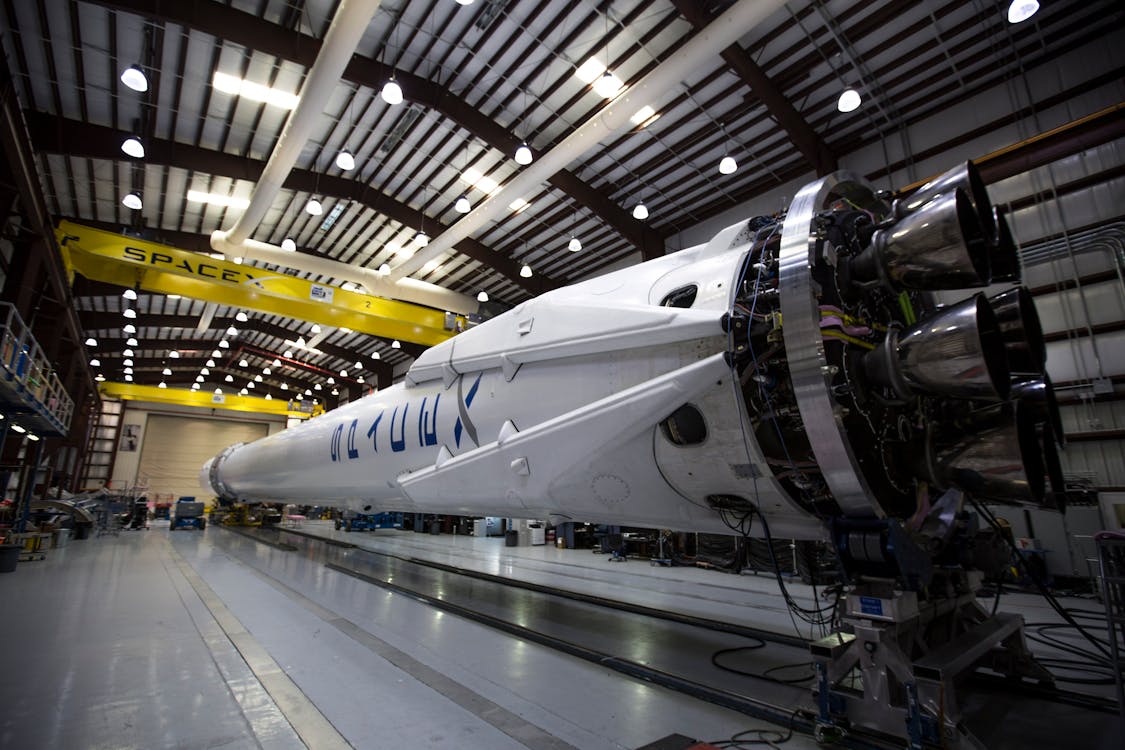
The reason NASA is working with and providing funding to so many different private space companies is to increase innovation, create better space access, and lower the risk, just to name a few. All of these reasons are benefits resulting from the partnership.
Innovation – Innovation is one of the most important benefits of NASA’s relationship with private companies. Looking at NASA and other space agencies over the last few decades, there has been very little innovation. NASA created the Space Shuttle with the goal of saving money and speeding up the launch process. However, while the Space Shuttle was responsible for some incredible things, it also ended up being very expensive, slow, and not very reliable.
After the Space Shuttle was retired, the United States relied on Russia to get its astronauts to the International Space Station and back. Recently for the first time in a decade, NASA sent humans into space from American soil on an American rocket. This was thanks to NASA’s commercial crew program with SpaceX and Boeing. Rather than try to do it themselves, NASA funded both SpaceX and Boeing to create rockets and spacecraft. NASA gave both companies around $3-4 billion to develop and innovate.
A very important part to point out is giving two companies money rather than just one. NASA wants to help the private space industry but also create competition between the companies. This competition promotes innovation and lowers costs for NASA. Both companies have the goal of creating better technology and an overall product. The result is a very cost-effective and high-quality product, that being the Falcon 9 and Dragon capsule. The Falcon 9 and Dragon capsule are not only reliable but very innovative. SpaceX knows they have to lower the launch cost for multiple reasons including beating the competition. This helped them create a partially reusable rocket and is part of the reason they are currently working on a fully reusable rocket.
Space Access – The more companies that are able to develop working rockets, means the more space access we have. The beginning stages of a rocket company can be extremely difficult. Most companies experience multiple failed launches at first including companies like SpaceX. NASA not only has worked on contracts with large companies but a lot of smaller ones as well. This funding is crucial to help get them off the ground and become successful.
With this success comes a lot of benefits including increased access to space. With multiple companies all competing for the lowest cost per launch, you end up with an increasingly affordable price to get either cargo or humans into space. This not only benefits NASA but also companies around the world that require launch providers to get their technology into orbit. For a very long time, the only way people and cargo were getting into space was by massive agencies. Now, especially in places like the United States, a long list of private companies have successfully gotten to space and beyond. The more space access we have, the cheaper and more accessible it becomes.
Lower Risk – Spaceflight is extremely dangerous. Throughout the entire process, something can easily go wrong and result in a disaster. The more options available, combined with increased testing, create a much safer future in spaceflight. Looking back at the Space Shuttle there were a lot of problems that NASA was aware of prior to the disasters. Additionally, NASA continued to use the Space Shuttle after its first incident. Part of the reason for this was because the Space Shuttle was all NASA had. They did not have any backups or other available options. It was either work with the Space Shuttle and try to improve it, or nothing. As more companies become successful and create rockets that are capable of spaceflight, NASA has more options they can consider. NASA is able to choose the safest and most reliable route.
Conclusion
Some of the downsides of NASA are its speed and use of money. NASA is by no means a waste of money, however, the private space industry has proved to be a lot more efficient and effective. A lot of factors impact this based around NASA being a government agency. An example could be the SLS rocket or Space Launch System. While it is a great piece of technology, and will likely be responsible for putting humans back on the Moon, it is unbelievably expensive and has taken a long time. Altogether NASA has spent over $20 billion on the development of the rocket. Each launch is expected to cost around $2 billion. Not to mention the rocket has been consistently delayed. Compare this to what SpaceX is working on. Starship is meant to be even more powerful, fully reusable, and only cost $2 million per launch.
Certain private space companies success has proved that some of NASA’s most valuable use of money has been the investment in private companies. SpaceX’s Starship is not guaranteed to work but has shown great signs so far. NASA’s investment in private space companies will be partially responsible for a great future in spaceflight. These contracts will increase innovation, improve access to space, and lower the overall risk.

